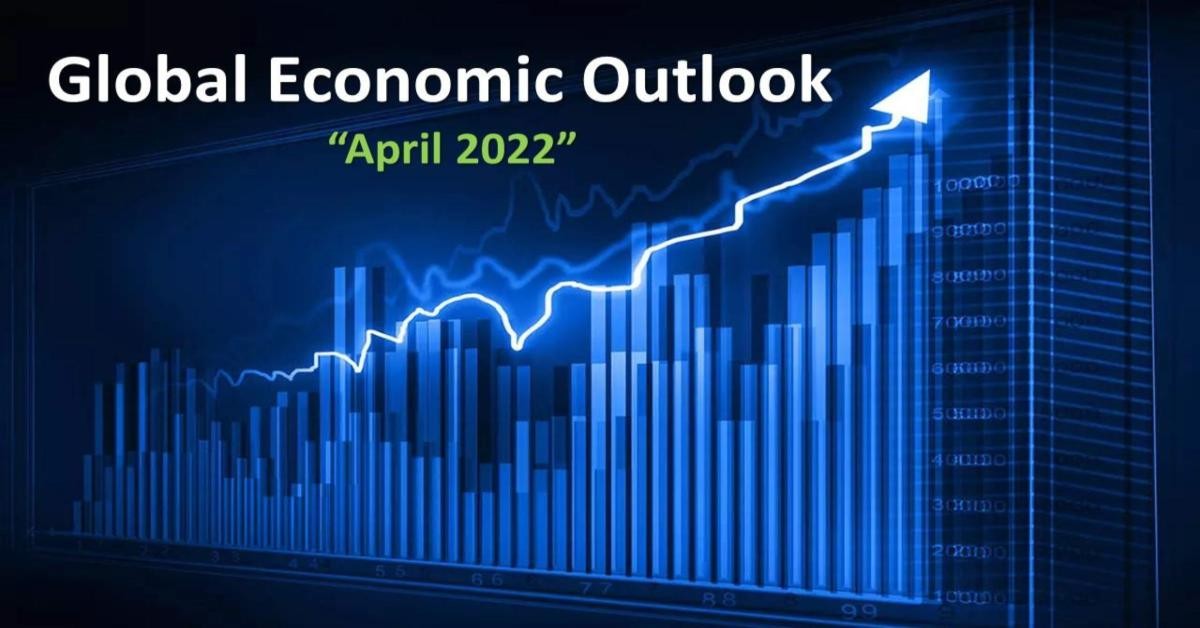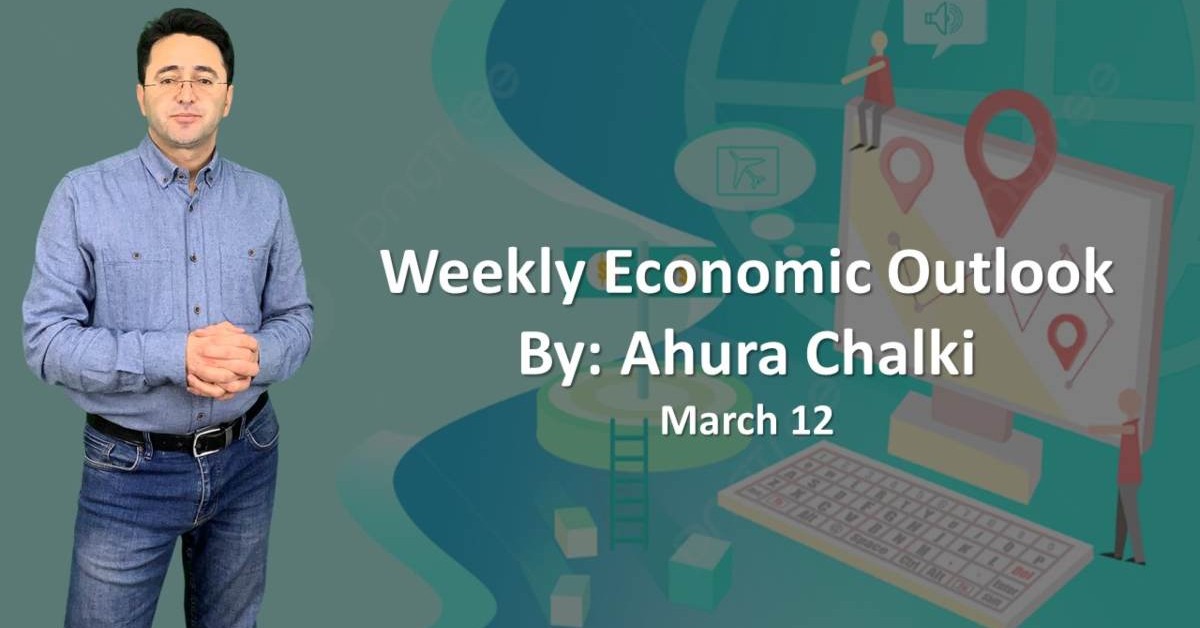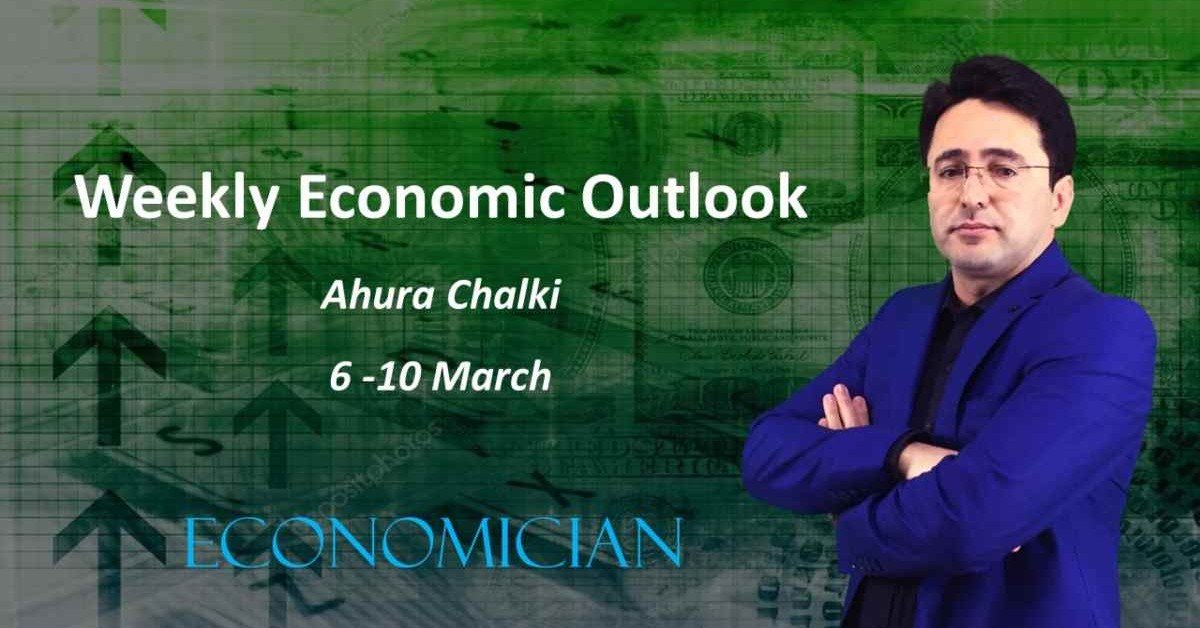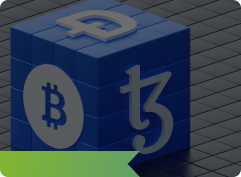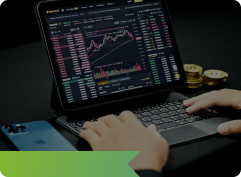Despite all the fears, we are still optimistic!
Despite geopolitical tensions, the global economy and economic data overall were better than expected. We could see that inflation was started to decrease, and retail sales have been growing across the EU and United States. April on the other hand started with more serious concerns, as investors accepted that it is not short-lived tension, and can continue growing to impress the economic activities. Let`s check the different markets one by one and see what we have to expect from the global markets for the rest of the month.
USD:
Great economic data and employment numbers were impressing the market and helping the United States Dollar to increase through March. With these positive data in line with increasing inflation, pressure on FED is increasing to lift the rates by more than 50bp in the May meeting, and it helped the Dollar Index to increase in the first week of April as well. April started with another positive employment number. Even if NFP at 431K, was lower than 490K expectations, however unemployment decreased to 3.65%, and average income increased by 5.6%. With every day increasing the inflation expectation, US bond yields are increasing to a record high at 2.76% on benchmark 10-years bonds. This month we will have the earnings reports that are expected to show better than expected results. This positive sentiment in the stock markets will likely keep upward pressure on Treasury yields and the greenback. So far, the US dollar index increased by more than 4.5% in 2022. For the rest of the month, we have to closely watch the US inflation (12th), PPI (13th), Retail Sales (14th), Housing numbers (19th), Consumer Confidence (26th), Q1 GDP (28th), and consumer sentiment on April 29th.
Euro:
European countries are one of the most hit economies by the Ukraine and Russia conflict. The European economy depends on Russian Oil and Gas. Increasing tensions also sent many refugees to European countries from Ukraine to create another leveraged pressure on the EU labor market that already is hardly trying to stable. Increasing inflation by higher energy prices decreases the buying power of European families. That means that ECB should start doing something. In the March meeting, Mrs. Lagarde`s tone was a bit more than expected Hawkish, however, the euro fell to a 24-month low against the US dollar ($1.09), a five-year low against the pound (£0.82), in early March, even if it increased at the last days. April started with a downtrend in the EURUSD chart, as US Dollar demand is still increasing and European data started to show some weakness in the last days. For April, while the ECB meeting will be focused on Thursday 14th, still the main market driver for the common currency will be the fate of the war in Ukraine. As much as this war continues, the Economy in Europe tweaking much more to put more pressure on its stock markets and currency. In line with geopolitical tensions, the ECB meeting (14th), PMI (22th), and Q1 GDP on 29th April will be the most important events and data to watch.
GBP:
The first G7 member that started to increase the interest rates, added another 25pb to its rates on March 17 -the third hike in four months-, which helped the Sterling to increase to 1.33 dollars on March 23th, before falling again after inflation concerns and strengthening the dollar. Inflation in the United Kingdom reached a new 30-year high of 6.2%. This is while consumer confidence plunged to a 16-month low. This market sentiment reflects the war in Ukraine. We should not forget that the UK’s terms of trade relative to the US are weaker, which, will put more pressure on Cable. For April, while GDP, Industrial and Manufacturing production, and Trade balance all missed the expectations, we can expect even more pressure on the pound in the continuation of the month. On the other hand, the UK’s cost-of-living crisis getting even worse, while the energy price cap rising by 54% this month. Therefore, with inflation expected to climb towards 10% this year, BoE will likely rate the interest rates towards 2% by year-end. If it happens, it means that the economy can face recession, and demand for the pound can fall even more. For the rest of the month, Labor market data (12th), Inflation (13th), PMI (22th), and Retail Sales also, at April 22 will be the most important data to watch.
Gold and Silver
Gold and Silver markets will directly depend on War in Ukraine and inflation numbers.
On the geopolitical front, Russia already has withdrawn its forces from Kyiv, but concerns over a full-scale invasion of the Eastern part of Ukraine are increasing rapidly. Reports indicate the movement of heavy military equipment with the new military arrangement of forces towards the Donbas area. All means that market risk and concerns are not about to decrease anytime soon. higher market risk also means more demand for Gold and Silver`s safe-haven demand.
On the economic data front also conditions are not so bright. Inflation is increasing by more than 7.3% in Europe and 8.2% in the US, all signaling that central banks should take an action, otherwise, we have to deal with higher inflation, which in both scenarios, precious metals can hold their demands. From the point of view of many investors, both are considered good hedges against inflation. If we want to go to more details, Silver must be more interested, it has the industrial backup as well. In the next steps and with economic recoveries, while its safe-haven demand will be fewer, more industrial demand will hold its price still higher.
As both market drivers are expected to move in favor of Gold and Silver prices, April must be a bullish month for them. The target price for Silver is $27, and for Gold, around 2,000 US dollars.
Oil
Russia - Ukraine conflict increased the concerns over the supply at the beginning, but later with Russia`s insistence on adherence to its obligations concerns turned to demand sides, as many countries one by one started to ignore dealing with Russia. At the same time, they found new clients. Russia started to give more discounts to its clients that are ready to buy with Russian Ruble to circumvent Western sanctions. As time passed, both sides, boycotters, which are the most dependent on Russian energy and Russia, realized that both sides will be hit hard by this move. Therefore, with no more notice, they kept their agreements, and continued to supply and pay! The market got more stable, and the price fell below $100 and held the same area.
While hoping for progress in peace talks between both parties involved in Ukraine was decreasing the concerns and Oil price as its results, a fresh outbreak of Covid-19 would on China, added more pressure on Oil prices as lower demand helped the faster balancing in markets. In addition, short lives positive sentiment in the Iranian nuclear talks with western powers increased the hope of the faster return of Iranian oil to markets. All mentioned factors encouraged the bears to touch $92, for WTI.
Later, after hovering lower for two weeks, prices again started marching higher on 25 March on reports that Yemen’s Houthi rebels – backed by Iran – launched fresh attacks on Saudi Arabia. The mentioned attack hit Saudi Aramco’s oil depot in Jeddah and other facilities in Riyadh. And again with Lockdowns in Shanghai, prices started to ease. For the rest of the month also the geopolitical tensions and COVID-19 headlines will be the main drivers.
On the other hand, as I mentioned earlier, concerns over economic crises are increasing, which cannot be a positive signal for Oil prices. Considering both sides, to see the Oil prices at a much higher level, we do need more reasons. On the flip side, the level of tensions is still high, and the hope of Iranian nuclear talks is gone, so lower prices in the market also need a much stronger reason. Therefore, the current side movement between $92 and $108 for the US Oil prices looks logical.
Cryptocurrencies
March was a good month for BTC as it gained more than 27% in the second half, before losing almost 7% in the last few days. In April we could see the downtrend continued even faster under 45K as we do still not have enough reason and encouragement to push the prices higher. Bitcoin dominance also eased from 44 in March to 41% in the first days of April, signaling that lower prices are even more likely to be seen in the charts. On-chain data confirms that most crypto active currently are holders. It means less activity in the market and less interest in sales as well. In long term, it can be a positive signal, but in short term, it means more fears of lower prices. At the same time, Bitcoin Network`s difficulty is at its historical higher levels. So, miners will have less interest to sell their coins and will be waiting for better prices to feel comfortable with the difficulties that have past to mine their BTC. For the rest of April, still, from the fundamental point of view, we do not have enough positive news to push the market higher, while technically, indicators remain bearish, especially under 40K. On the flip side, fewer sale interest also pausing the bears at these levels. So, as long as we are above $38K, bulls can start their rally, but breaching this level can change the market conditions for BTC.
Wall Street
Despite the rate hike by FED for the first time in almost four years, after cutting to near-zero as a response to the Covid-19 pandemic, March was a good month for the US stock markets with a 3.6% gain in SP500. Mr. Powell and other FOMC members have been talking about a rate hike since December 2021 and market participants were ready for that, therefore, it does not have any negative effect on the prices. In April we had already the FOMC meeting minutes as well and it shows that most members are supporting the faster-tightening policies with even a 50bp rate hike in the following meeting. With adding this comment to the US inflation numbers at 8.5%, we can understand why we should worry about the next FED meeting at the beginning of May. However, for now, and in April, still "Uncertainty" and higher "Risk" in the market will be the main price driver on Wall Street. This risk in the market sometimes can be even positive for Wall Street with capitals that have left Europe and are looking for a better market to invest in. Before the May FOMC meeting, we should always closely wat the (PCE) price index, scheduled for release on April 29.
While European markets will be under pressure still, Wall Street, far from war, can overcome these problems if it can find a way out of inflation and its effects on retail sales. It seems that people saving during corona, at least in the short term can overcome the higher prices and increase the retail sales and GDP as its results, however, for a long time, we cannot count on that. But in the long time, economic development can help the rebalancing of the supply and demand.
In short, April will not be a positive month for the stock markets, but positive expected earnings, which will be starting from the second week of the month, will not let the prices go lower.
